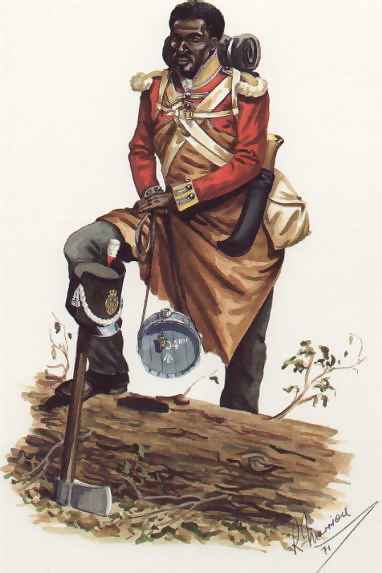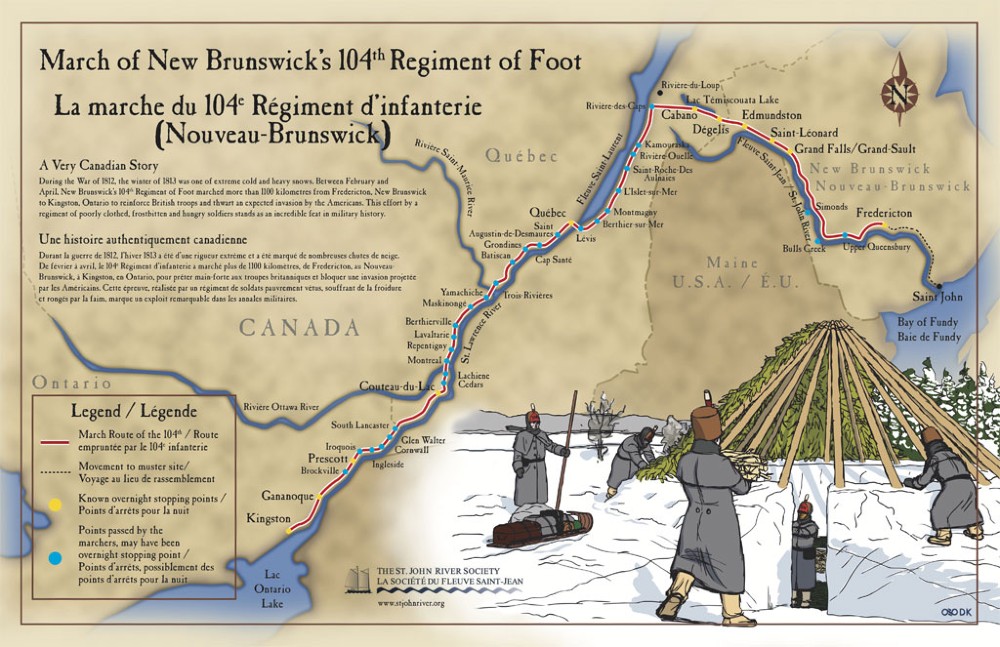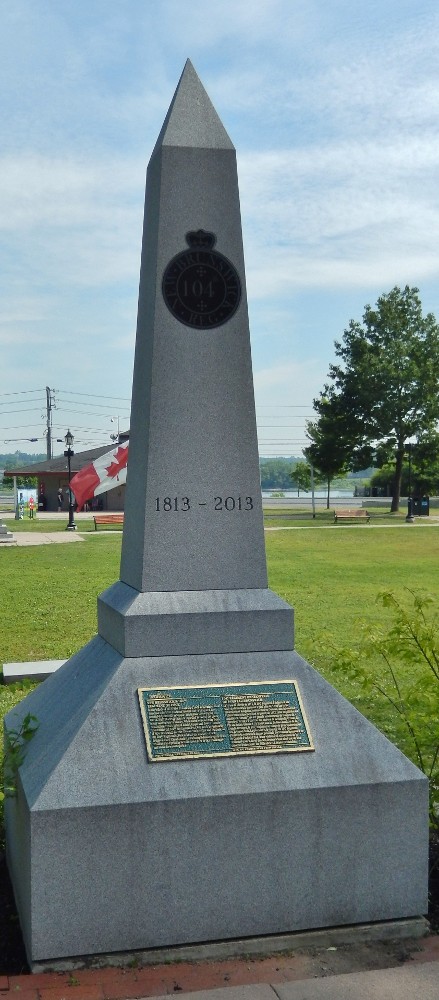George Lawrence’s Story
“Sergeant George Lawrence lived to be a very old man, respected alike by both white and coloured. His descendants in Fredericton have kept up his good record…When the old Sergeant passed from this earth [and] his body was borne to its last resting-place, several very old white men, in total disregard of their very strong colour-line, might have been seen walking together in the cortege. Even in their tottering age there was something precise and systematic about their walk. The once valiant and capable 104th was on one of its last parades paying respect to a worthy departed comrade, whose comradeship had rung true in the acid test of battle.”
– Author unknown, c. 1895.
One such settler family was that of George Lawrence (1790 – post 1851), who was born enslaved in 1790. Legend has it that George was brought to Kingsclear by William Wilbur, a Loyalist cabinetmaker in Saint John, who had rescued him from a cruel slave trader in that city.
At Kingsclear, George was cared for by Moses and Mammy Gossman, who were also enslaved to William Wilbur. The Wilburs lived about 5 kilometers above Pilick First Nation. According to a story that has been passed down to the Fredericton Region Museum, William Wilbur gave George his freedom in appreciation for saving the life of his young daughter Cherry.
George was thus sent to Fredericton with a letter of reference and soon found employment with Jonathan Grant, a medical doctor in the town, who lived in Governor Carleton’s Mansion House (site of present-day Government House). At the entrance to Mansion House stood “a little white gatehouse” where the Wallace family lived as servants to Mansion House. This is where George took up residence, and where he met his future wife, Phoebe Stewart (1797 – 1875), who also lived with the Wallace family.
When the War of 1812 commenced, George Lawrence was quick to volunteer and served heroically as a drummer in the 104th (New Brunswick) Regiment of Foot. In February 1813 he was part of the historic March of the 104th from Fredericton to Kingston (Ontario). In Upper Canada, he is said to have participated in the Battle of Lundy’s Lane, where he fought gallantly against American invaders.
After the war, George Lawrence returned to Fredericton, where he married Phoebe Stewart in 1818, and raised a family of six children. Their home was on the 200 block of Charlotte Street in Fredericton. George worked as a labourer in Fredericton, and continued to serve his community as a drill Sergeant in Fredericton’s Royal African Corps militia unit.




